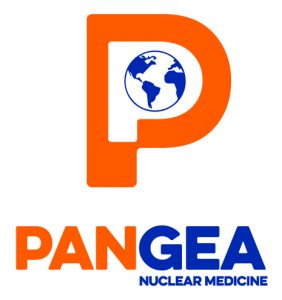Introduction to the fifth issue, ePatient

PSMA and the Prostate Cancer Tsunami
On behalf of the editorial board and Dr. François Lamoureux, my co-editor, I would like to
welcome you to the fifth issue of your nuclear medicine educational resource magazine ePatient
Up to a few years ago we would have had some difficulty to share with you a true optimistic message regarding the field of nuclear medicine in North America. The lack of concerted efforts in research and development of new radio-pharmaceuticals in the last part of the last century created a climate of uncertainty about the field of nuclear medicine at the eve of the 21st century.
As the current decade is nearing the end, there are many reasons to express a very optimistic message about the use of medical isotopes for the diagnosis and treatment of diseases. In fact, we are really starting to witness a true renaissance of our specialty. In a very interesting and remarkable turn of events, genomic and phenotypic based radioactive molecular probes and therapies with a level of precision never achieved before have started to populate our radio- pharmacies. Ultrasensitive gamma and positron imaging equipment are also now part of our nuclear medicine armamentarium and they are giving us the ability to detect, image and quantify these specific radioactive probes with a level of accuracy never achieved before. They probes are also given us the ability to treat specifically various forms of tumors like neuroendocrine tumors and metastatic prostate cancers. While in clinical use in Europe for more than a decade and in other parts of the world, the Lu177- Dotatate compound (Lutathera®) was approved by the FDA in January 2018 and more recently by Health Canada. Since 2018, thousands of patients have already benefited from this unique therapy.
The anticipation of the approval of the Lu177 (PSMA) Prostate Specific Membrane Antigen compound(s) for the molecular treatment of metastatic prostate cancer has generated an enthusiasm among the nuclear medicine community and patients that we have not seen for a few decades in our specialty.
Since 2012, the number of clinical studies using urea- based PSMA ligands has grown exponentially. Among these agents, the Ga68- and 18F-labeled compounds have attracted the most attention, as they can be used for PET/CT imaging. However, the availability of these compound labeled with Iodine 123 or Tc-99m will also allow SPECT/CT imaging in centers without facilities for PET. Based on these studies, the promising uses of imaging with labeled PSMA ligands in the management of prostate carcinoma include: the primary staging of high risk cancer disease, the biochemical recurrence with low PSA levels (as low as=ng/ml), identification of lesions for biopsy targeting after negative previous biopsy, the monitoring of systemic treatment in metastatic disease, the active surveillance and the treatment monitoring after Lu177-PSMA ligand
With one of seven men developing prostate cancer, we believe that the regulatory approval of these PSMA molecules will trigger a seismic change in the way we manage patients with prostate cancers. This issue of the ePatient essentially focuses on this upcoming revolution. We should anticipate and be ready for what I called a “Prostate Cancers Tsunami” for nuclear medicine departments in North America and across the globe.
Because of their ability to characterize cellular physiology and dysfunction, the radiopharmaceuticals used in nuclear medicine offer a very unique and specific window on disease that can exploited both for diagnostic and therapeutic purposes. During the past two decades, numerous ligands that bind to specific molecular targets, particularly in cancers, have been identified and characterized. Their labeling with single photon and positron emitters and alpha or beta particles has opened up a new era in nuclear medicine. While still in its infancy, nuclear diagnostic and therapeutic targeting are rapidly becoming a cornerstone of oncology and precision medicine.
Welcome to the very promising world of Nuclear Theranostics!



